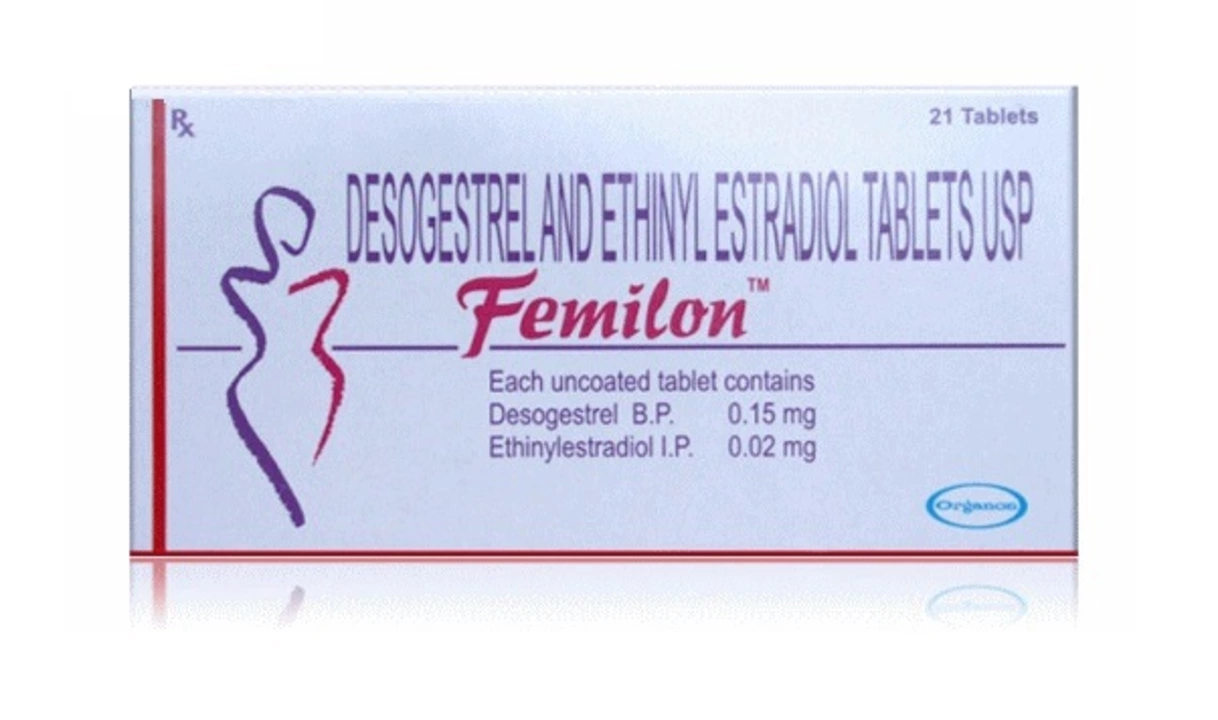Ethinylestradiol: what it is and how to use it safely
Ethinylestradiol is the synthetic estrogen found in most combined birth-control pills. Small doses — often 20–35 micrograms per pill — help prevent pregnancy, regulate periods, and sometimes improve acne. Because it’s powerful even in tiny amounts, a few simple rules make a big difference in safety and effectiveness.
How it works and common uses
Ethinylestradiol works by stopping the hormonal signal that triggers ovulation and by changing cervical mucus and the uterine lining to make pregnancy less likely. Doctors commonly prescribe it as part of combined oral contraceptives for: preventing pregnancy, lighter/regular periods, managing menstrual pain, and improving hormonally driven acne.
Dose matters. Lower-dose pills (20 mcg) tend to cause fewer estrogen-related side effects but may be slightly less tolerant to missed pills. Higher-dose pills (30–35 mcg) may reduce breakthrough bleeding but raise the chance of estrogen effects. Your provider will pick the best option based on age, weight, health history, and other meds you take.
Safety, side effects, interactions, and buying tips
Common short-term side effects include nausea, breast tenderness, headaches, spotting between periods, and mood shifts. Serious risks are rare but real: blood clots, stroke, and heart attack risk rises with age, smoking (especially over 35), obesity, and a personal or family history of clotting disorders. If you get sudden leg pain, chest pain, severe headache, or vision changes, seek emergency care.
Drug interactions can lower or raise ethinylestradiol levels. Enzyme inducers like rifampin, carbamazepine, phenytoin, and St. John’s wort can reduce its effectiveness — use a backup method if you start these. Some antibiotics (not all) and certain seizure meds may also interfere. Hormonal birth control can affect levels of drugs like lamotrigine, so check both ways when you start or stop meds.
If you miss a pill, follow the leaflet from your brand. A simple rule of thumb: take the missed active pill as soon as you remember and use backup protection for 7 days if you missed more than one or started a new pack late. If you had unprotected sex after missing pills, ask your provider about emergency contraception right away.
Buying ethinylestradiol online? Use licensed pharmacies that require a prescription and list a real contact and pharmacist. Avoid sellers that promise no prescription, offer suspiciously low prices, or have no verifiable reviews. Our site covers safe online pharmacy checks and tips on spotting fakes — always confirm the pill name, dose, and packaging with your prescriber.
Want a quick action step? Before starting or switching a pill, tell your provider if you smoke, have migraines (with aura), a clotting history, liver disease, or take other meds. That short conversation makes your prescription safer and more effective.

Ethinylestradiol and its Role in Managing Menstrual Migraines
As a sufferer of menstrual migraines, I've recently discovered the role of Ethinylestradiol in managing this painful condition. Ethinylestradiol is a synthetic estrogen hormone that can help stabilize hormonal fluctuations during the menstrual cycle. By doing so, it has the potential to reduce the frequency and severity of migraines associated with periods. Many women, including myself, have found relief by using birth control pills containing Ethinylestradiol. It's definitely worth discussing with your healthcare provider if you're struggling with menstrual migraines.
Read more